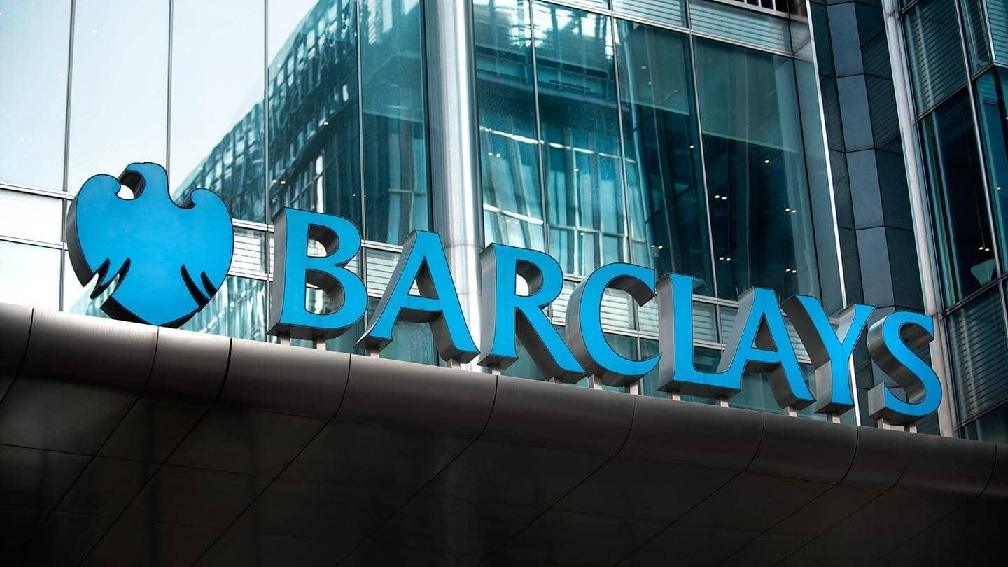UK-based bank Barclays published a new sustainability-focused presentation for investors, revealing that revealed that it earned approximately £500 million (USD$660 million) in revenues from sustainable and transition finance activities in 2024, and indicating that its sustainable and transition finance volumes have accelerated over the past few months.
In the H1 2025 sustainability presentation, Barclays also reiterated its ambition “to be a net zero bank by 2050,” and provided an update towards its financed emissions reduction goals for key emissions-intensive industries, indicating that the bank is ahead of track in some sectors including upstream energy and steel, but has yet to achieve financed emissions reductions in others, including automotive and aviation.
Barclays set a goal in late 2022 to facilitate $1 trillion of sustainable and transition financing between 2023 by the end of 2030. Over the past few years, the bank has made a series of moves to expand its sustainable finance capabilities and teams, including the launch in 2024 of a new Energy Transition Group within its Corporate and Investment Bank, and a Sustainable Banking Group within its Capital Markets business.
In its update, Barclays reported that it has reached cumulative volumes of $220.2 billion in sustainable and transition financing since 2023 towards its $1 trillion target. The report also indicated that volumes have been stronger in recent months, recording $58 billion in the first half of 2025, compared with around $94 billion in all of 2024, and $68 billion in 2023.
Of the $220 billion achieved to date, approximately half of the volumes ($107 billion) have been under the category of “social,” which includes financing for supranational, national and regional development institutions, followed by $74.5 billion for environmental financing such as green bonds, green loans or green equity financing, while $30.8 billion were in sustainability-linked transactions, and $8 billion were in lending, capital markets and other financing solutions provided to clients for transition activities or technologies.
The report also included updates on Barclay’s progress against its sector-focused financed emissions targets. In upstream energy, the bank’s most significant sector by absolute emissions, Barclays reported that as of 2024 it has achieved a 45% emissions reduction since 2020, already beating its 2030 goal of a 40% reduction. Barclays also reported emissions reductions of 30% in the power sector, 23% in steel, 9% in cement, 2% in commercial real estate, 1% in housing and 11% in agriculture. The report also found, however, that its aviation sector emissions intensity remains flat, versus its target to reach a 11% – 16% reduction by 2030, and its automotive manufacturing emissions have increased 1% from its 2022 baseline, compared to its target to reduce emissions by 40% to 64% by 2030.
In the bank’s own operations, the report revealed that Barclays has achieved a 95% reduction since 2018 in its Scope 1 and 2 emissions, ahead of its 90% reduction target.
Click here to access the report.

